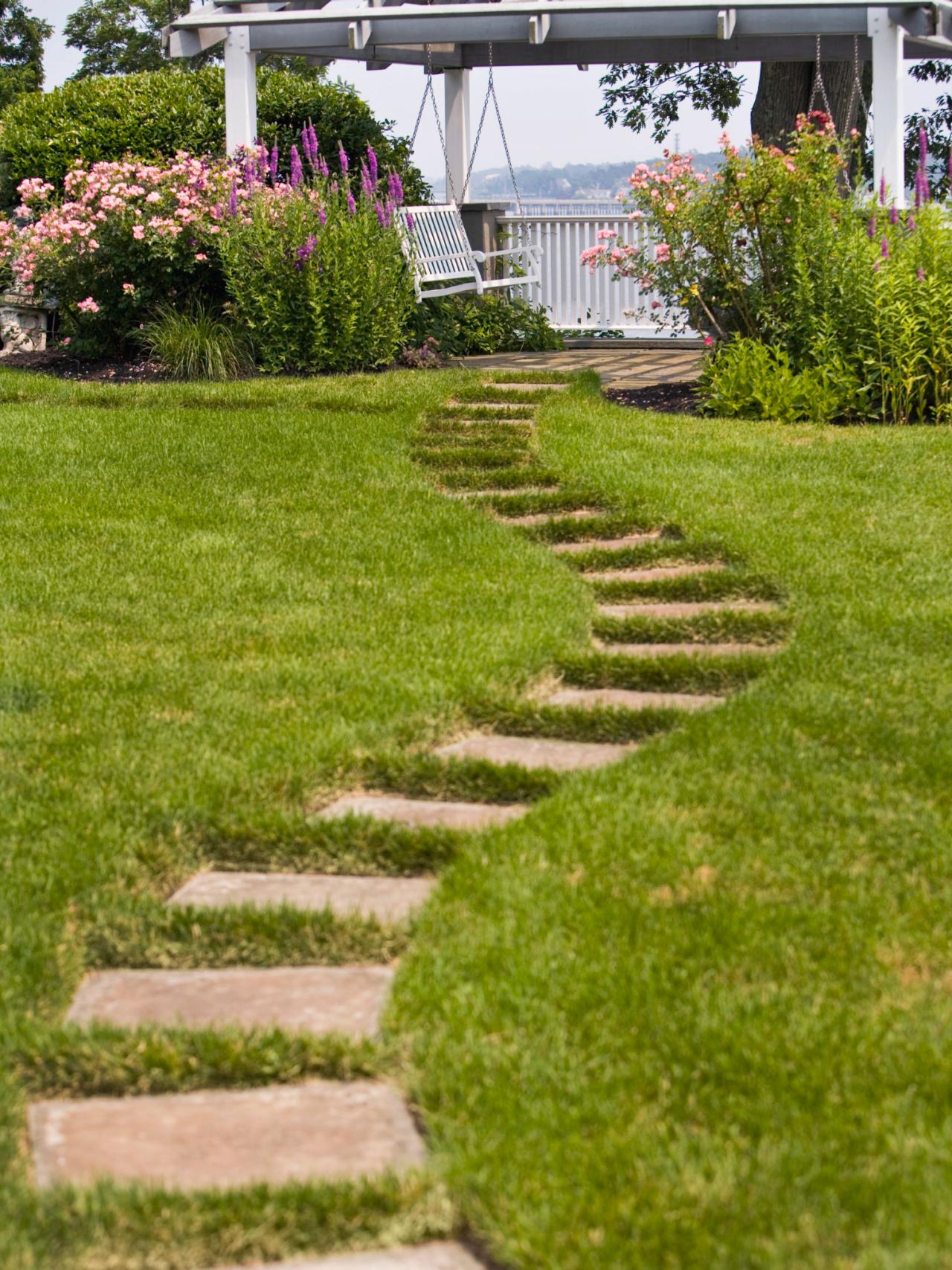Landscaping with Color: Selecting the Perfect Flora

Hue is a most transformative factors in landscape design, capable of revitalizing any exterior area. If you're cultivating a peaceful retreat in your backyard or improving the aesthetic appeal of your home, the appropriate plants can create a vibrant, inviting atmosphere. With an array of plant varieties available, knowing how to choose the right ones for your garden can seem daunting. Nevertheless, with a little guidance, you can pick plants that not only provide stunning visuals but also match your maintenance preferences, climate conditions, and sustainability objectives.
In this piece, we will delve into the art and science of landscaping with hue. We'll guide you through the fundamentals of choosing plants that thrive in your setting, emphasize the importance of professional landscaping services, and offer tips on how to enhance the aesthetic and financial value of your land. From the benefits of engaging professionals to exploring the DIY vs. professional landscaping debate, we aim to provide you with the knowledge needed to create a flourishing landscape that offers joy and enhances your outdoor living experience.
The Value of Skilled Landscaping
Investing in specialized landscaping can significantly enhance the beauty appeal and functionality of your garden space. Skilled landscapers bring skill that guarantees your garden or yard not just looks stunning but also thrives throughout the seasons. They have an eye for design and can create a harmonious look that enhances your home while factoring in environmental aspects such as solar access, soil conditions, and local environment. This expertise can spare homeowners time while avoiding common landscaping mistakes.
Additionally, hiring a landscaping service can increase your property value. Well-designed and maintained landscapes can create a lasting first impression, attracting potential buyers and increasing the overall sellability of your home. Studies have shown that landscaping can enhance property values by as much as 10 to fifteen, making it a prudent investment that regularly pays off at resale. A professionally landscaped yard not only boosts street appeal but also highlights the value of a thoroughly cared for property.

In addition to visual and monetary benefits, skilled landscaping services help ensure that your plants are appropriately selected and cared for. They can guide you in selecting the right plants that thrive in your specific locality, considering aspects like drought tolerance and pollinator-friendly. This level of care fosters a healthy ecosystem in your yard and ensures that you get the most out of your spending. With their knowledge of lawn care and maintenance, these professionals can provide tailored guidance on optimal techniques that help your landscape remain lush and lush year-round.
Proficient Upkeep and Care Tips
To maintain a healthy landscape, regular irrigation is essential. During the hot summer months, it's crucial to ensure that your plants receive ample moisture, either through rainfall or manual irrigation. Aim to water your garden early in the morning or towards the end of the afternoon to limit evaporation losses. Consider using mulch around your plants to help retain soil moisture while also limiting weeds, giving your landscape an organized look.
Fertilization plays a critical role in plant health and growth. Different plants require different nutrients at different times of the year. Using a well-balanced fertilizer can promote strong roots and lush foliage. https://bookpillow1.bravejournal.net/whimsical-landscapes-transforming-your-dream-garden-in-existence 's also beneficial to conduct soil tests to understand the nutrient levels in your soil. This information will guide you in applying the correct type and amount of fertilizer, ensuring that your plants flourish without the risk of nutrient overload.
Regular pruning and trimming are crucial to keeping your landscape looking its optimal. Deadheading flowers encourages new growth, while pruning shrubs and trees helps maintain their structure and prevents overcrowding. Additionally, removing official statement can prevent the spread of pests and diseases. Establishing a periodic schedule for maintenance tasks will ensure that your landscape stays healthy and aesthetically pleasing throughout the year.
Green Gardening Practices
Incorporating green gardening methods not just supports the health of the ecosystem and also enhances the aesthetics and practicality of your garden. A key factors of green gardening is the utilization of native species. Such plants are naturally adapted to the local environment and geological features, requiring less water and maintenance than introduced species. By opting for local species, gardeners can create colorful gardens that support native animals, like pollinators, while lessening the need for artificial nutrients and pesticides.
Additionally, essential component of green gardening is using effective irrigation techniques. Methods such as xeriscaping, which emphasizes designing gardens that require minimal water usage, can result in significant water savings. Adding features such as bioretention areas or porous surfaces helps to regulate stormwater runoff, minimizing erosion and boosting groundwater renewal. Additionally, utilizing drip irrigation systems makes sure that water is delivered directly to the base of plants, minimizing waste and supporting plant health.
Finally, supporting biodiversity through the deliberate selection of plants and the establishment of varied environments can have a profound effect on the ecosystem. Adding trees, shrubs, and low-growing plants that attract a diverse range of species can strengthen your landscape's resilience to pests and diseases. Green landscape methods not only create visually appealing spaces and also play a important role in lowering your environmental impact and contributing to a more sustainable planet. By implementing these practices, you can appreciate a thriving landscape that enhances both you and the ecosystem.
